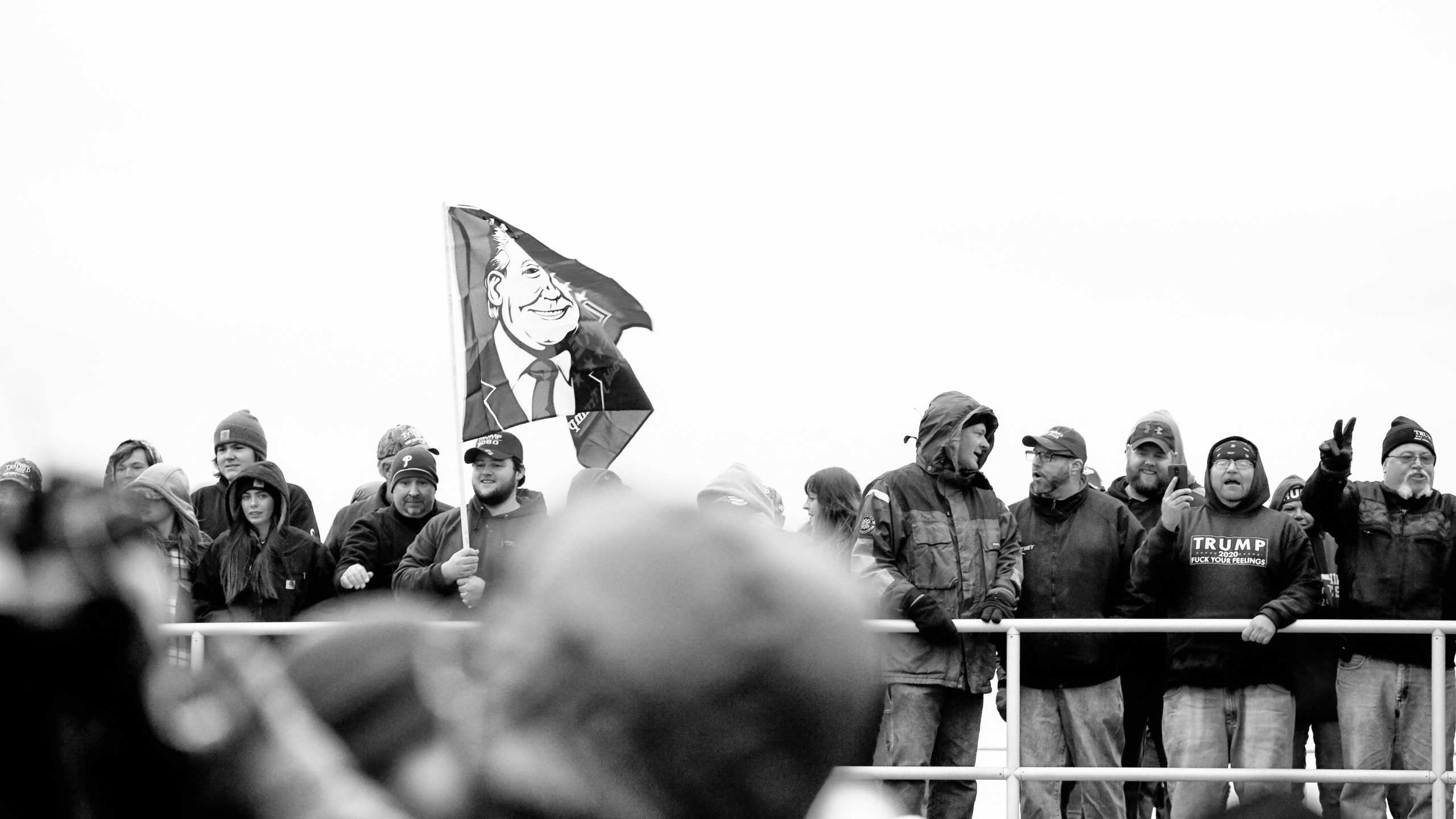[Written by James Taylor (he/him)]
[Photo by David Todd McCarty on Unsplash]
CW: Brief mentions of genocide and slavery
“So it’s not that unfamiliar, but for younger people who have never experienced this, it must seem like the end of the world or something.“ – Margaret Atwood on COVID-19
When the television adaptation of Margaret Atwood’s celebrated 1985 novel, The Handmaid’s Tale, aired in 2017, Trump had just been sworn into office. It was a story with new resonance in its stark depiction of theocracy, state brutality, and patriarchy. Atwood’s novel soared into bestseller lists again; it was a prophecy of a nation trembling on the verge of Gilead as many have argued. In Trump’s political twilight, these fictional warnings took on further emphasis. An insurrection attempt by Trump supporters, encouraged by him, has eerily mirrored the genesis of Atwood’s Gilead, where theocratic terrorists overthrew democracy to establish their own repressive regime. It was like going full circle, with Atwood’s prescient sentences forming the dystopian circumference.
I write from a generation raised on dystopian literature, with young adult novels of flamboyant battles against state corruption saturating teenage bookshelves everywhere. Now, in times of neo-fascism, a pandemic, and social toxicity, I cannot imagine that there is the same hunger for dystopia as we’ve had in the past. It’s all hitting too close to home, and I’ve yet to see Jennifer Lawrence with a bow and arrow. In our teenage fictions, some grit, wit, and a banal love triangle were all it took to achieve societal equilibrium. With more mature dystopias, there is pessimism, a far more somber arc.
Atwood herself is influenced by the ‘literature of witness’, citing the real-life accounts of Roméo Dallaire, Anne Frank and Samuel Pepys. Thus, dystopia becomes a study of what it means to be an individual experiencing a period of social decay, rather than a narrative adventure. The term ‘dystopia’ is precarious in itself, describing a futuristic, post-traumatic society that is experiencing moral, economic, and/or social breakdowns. So what happens when prophecy becomes indictment? Sinclair Lewis’ 1935 novel, It Can’t Happen Here, depicts the U.S under fascist totalitarianism. Octavia Butler’s 1998, Parable of the Talents, depicts a similar situation, where the slogan ‘Make America Great Again’ is presidentially employed. If they were written as warnings, they were heeded too late. It Can’t Happen Here, was another novel that shot back into the public conscience with the election of Trump, and people wanting to see if It really could; but where is Here?
The Handmaid’s Tale wasn’t written as a warning about the future, it was composed of social and political facts amalgamated from the past and the present. Dystopia means to provoke present thought because thought, rather than reality, is its currency. What is perhaps the most dystopian of all is the weaponization of dystopia in the hands of those who seek to create it; the American right-wing commentators peddling the term ‘Orwellian’ in rebuke of the media ‘censorship’ of lies, conspiracy theories, and manipulation by the state, or state figureheads. In fact, their rhetoric is actually evidence of the dystopian political breakdown they purportedly oppose.
I think Atwood’s mention of ‘witness literature’ is also essential. Weren’t Pepys’ jottings of the Great Fire of London and the Plague inherently dystopian. Or Frank’s terrifying account of a nation under genocide? Dystopia can often be found throughout history, yet things inevitably heal and move onwards, unlike in a novel, where we can leave that world collapsing or flourishing as we close the covers. Some fictional dystopias often indicate an atmosphere of finality – in that state humanity will have finally failed (or succeeded for Utopias). But no such criteria exists and interpreting it as such misses the point. It is important to understand that dystopia is often told from the viewpoints of those it exploits: the poor, women, or even rebellious teenagers. To some in these fictions – the powerful and comfortable – that world is utopia. This should apply to us when we decide something in our reality is ‘dystopian’. Why do we only notice it in terms of violence, or in terms of gaining media attention? Social breakdown is far subtler and easier to ignore, than Big Brother or state-sanctioned wimples. If we wait for such brazen signals, then we risk misunderstanding the meaning of these authorial creations.
Utopian thought is just as permeable as bizarre examples of its showing; Plato’s The Republic advocates philosopher-kings and the banishment of poets; Thomas More’s 1516 Utopia imagines a ‘perfect’ society with a welfare state, no private property, and a disturbingly legitimized slavery. It illustrates that imagined states of society, in varying degrees of health or destruction, are just as fallible as each other, presenting even in the flimsiest of fictions an important reflection of our present truth. Atwood is not some kind of Mystic Maggie, and dystopia can’t be engaged with as the depiction of challenges lying forever away, to quote the non-dystopian Emily Dickinson – ‘forever is composed of nows’.
References
https://www.nytimes.com/2017/03/10/books/review/margaret-atwood-handmaids-tale-age-of-trump.html

